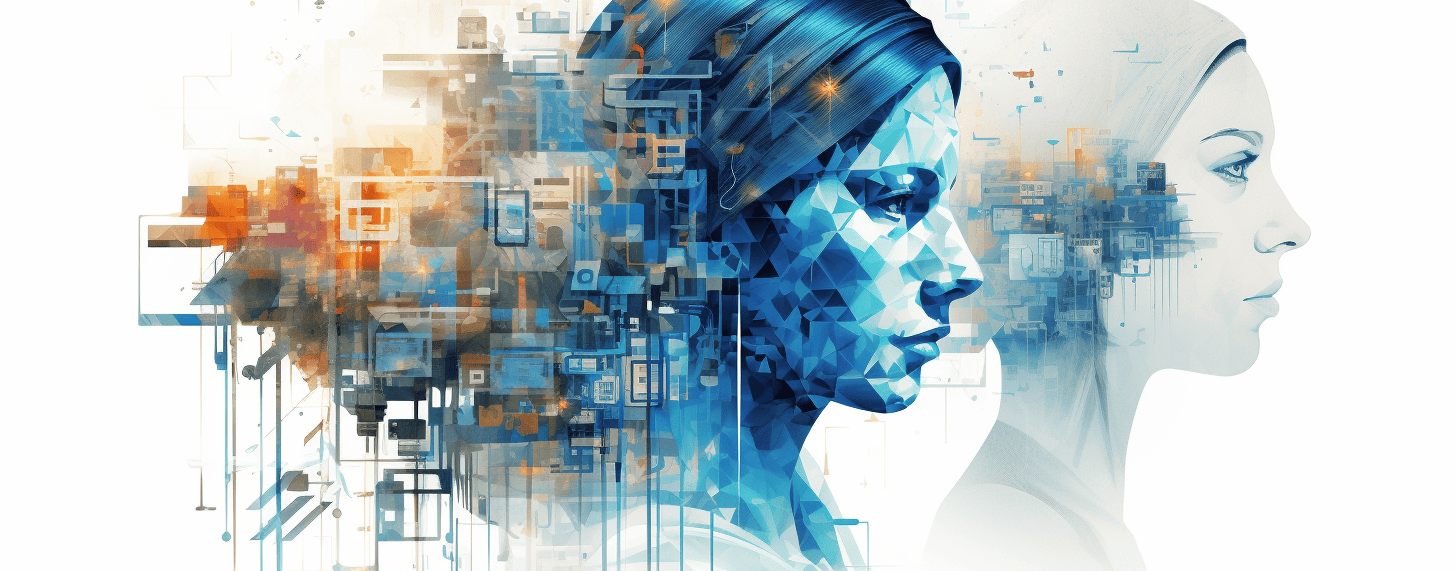AI and Neural Networks
Artificial intelligence has been one of the most fascinating fields of study in recent years, with neural networks and deep learning being its most compelling components. Deep learning, a subset of machine learning, employs algorithms that mimic the human brain’s structure and function, called neural networks. These networks act as a means of processing complex patterns and vast amounts of data that traditional computer algorithms cannot handle efficiently.
What are Neural Networks?
Neural networks are a concept in artificial intelligence inspired by the biological neural networks in human brains. These networks consist of interconnected nodes or ‘neurons’ that work together to process data and make decisions.
Neural networks, or artificial neural networks (ANNs), are fundamental to modern machine learning. They are designed to interpret sensory data by interpreting it through machine perception, clustering raw input, and learning from the accumulated data.
What are Deep Learning Networks?
Deep learning networks, or deep neural networks, are a type of neural network with multiple layers between the input and output layers. These layers, known as hidden layers, are used to extract features at different levels of abstraction.
In image processing, for instance, lower layers may identify edges, while higher layers can identify complex shapes or objects. Deep learning algorithms can automatically learn these features, eliminating the need for manual feature extraction.
How Neural Networks Work
Neural networks function by simulating the way neurons in the human brain work. Just like biological neurons transmit signals to other neurons, artificial neurons or nodes transmit signals to other nodes in the network.
The strength of these connections, known as weights, are adjusted based on the data the network processes, which is how the network learns.
The Neuron
Each neuron in an artificial neural network takes an input, applies a function to it, and then passes the output to the next layer.
The neuron’s function often involves adding the inputs together, applying a weight to each one, and then applying a non-linear function, also known as an activation function.
The Network
The network consists of a series of interconnected layers of these neurons. The first layer is the input layer, which receives the raw data. The final layer is the output layer, which produces the final result. Between these two layers are one or more hidden layers, which process the data and pass it on to the next layer.
Learning in Neural Networks
A neural network learns by adjusting the weights of the connections between its neurons. This is done through a process called training, where the network is presented with data, makes a prediction, and then updates its weights based on the difference between its prediction and the actual result.
The Neural Network as a Black Box
One way to understand neural networks is by visualising them as black boxes. You input data on one side, and out the other side comes a prediction. What happens inside the box is largely hidden, but we can still train the network to improve its predictions.
The Neural Network as a Mathematical Model
At its core, a neural network is simply a complex mathematical model. It processes data and produces results using a series of functions and matrix operations. The learning process involves finding the best parameters for these functions that minimise the difference between the network’s predictions and the actual results.
Embrace Digital Transformation
Seize the opportunity for digital transformation with our expert consulting services.
At EfficiencyAI, we enable businesses to utilise the power of technology to optimise processes, augment customer experiences, and stimulate growth.
Get in touch with us today to set sail on a digital transformation journey that will equip your organisation for triumph in the digital era.

